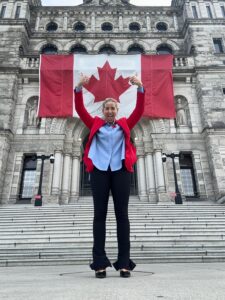
To access, click on: https://d3n8a8pro7vhmx.cloudfront.net/bcgeu/pages/8498/attachments/original/1539118086/FNguide-GEU-oct2018.pdf?1539118086
[Excerpt from the Introduction] The history and legacy of Canada’s relationship with Indigenous Peoples has largely been one of paternalism and discrimination. This includes legislative attempts to assimilate Indigenous Peoples into mainstream society, efforts to destroy culture and language, and the federal government’s role in the harmful legacy of residential schools.
Today, because of the hard-fought wins of Indigenous Peoples and their allies, the rights of First Peoples are increasingly being recognized by legal systems and government policy. Since the release of the Truth and Reconciliation Commission of Canada’s report and calls to action in 2015, there has also been a constructive change in the way many Canadians understand the history and ongoing impacts of colonization. Indigenous youth are now the fastest growing population in Canada, and more Indigenous youth are graduating from post-secondary institutions than ever before.
In this guide you will find protocols and helpful tips on simple and more complex reconciliation efforts. This includes how to acknowledge a territory or treaty on which a gathering takes place, First Nations social conventions, as well as useful terminology. We hope you find the BCGEU guide to First Nations acknowledgement, protocol & terminology a valuable tool.
BCGEU guide to First Nations acknowledgement, protocol & terminology





